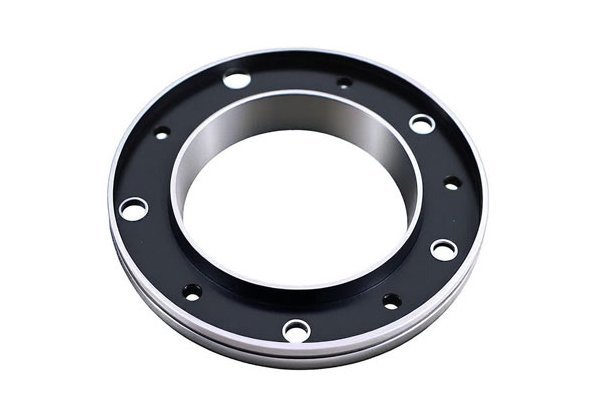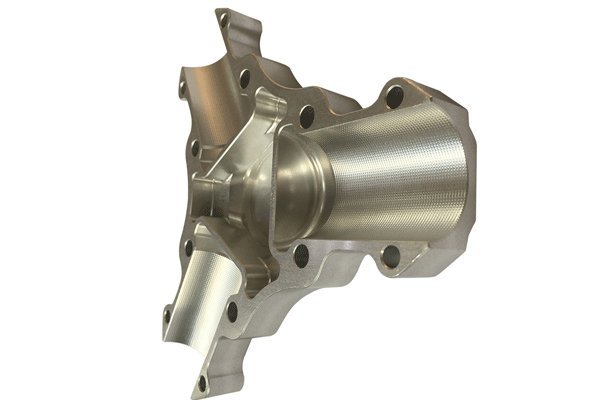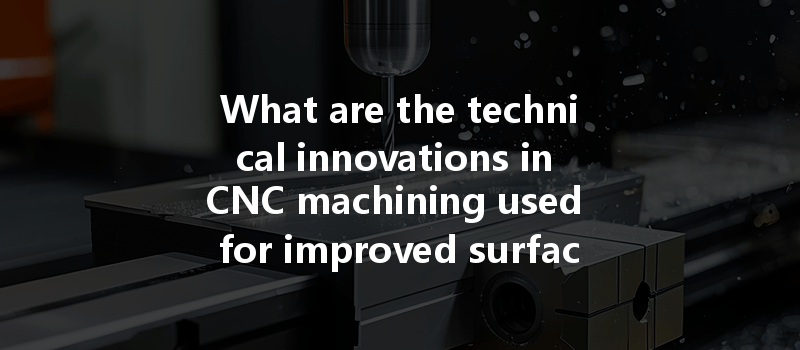Did you know that about 70% of manufacturing companies believe that the surface finish of a component directly impacts its performance? This statistic underscores the importance of not just the machining process itself but also the surface treatment that follows it. In the fast-evolving world of CNC (Computer Numerical Control) machining, innovations are continuously reshaping the way we think about and execute surface treatment processes. This blog aims to delve into the technical innovations in CNC machining that elevate surface treatment quality, efficiency, and sustainability.
The Importance of Surface Treatment in CNC Machining
Before we dive into the innovations, it’s essential to understand why surface treatment is crucial in CNC machining. Surface treatment impacts several key factors:

To optimize these factors, manufacturers are turning to innovative solutions in CNC machining.
Innovative Technologies in CNC Machining
One of the breakthroughs in surface treatment is the use of laser technology for creating precise and controlled surface alterations. Laser surface treatment involves the use of laser beams to melt or sinter the surface layer of a material, enhancing properties like hardness and wear resistance.
Advantages of Laser Surface Treatment:
Electrolytic machining, also known as electrochemical machining, is a non-traditional machining process that removes material through electrochemical reactions.
Benefits of Electrolytic Processing:
While additive manufacturing (3D printing) is primarily seen as a way to create components, it also plays a role in surface treatment. Techniques such as directed energy deposition allow for the addition of material to existing surfaces to improve properties or repair wear.
Applications of Additive Manufacturing:
Coatings continue to evolve, and with innovations in material science, a new generation of coatings is emerging. These coatings can either be physical, such as PVD (physical vapor deposition), or chemical like CVD (chemical vapor deposition).
Trending Coating Innovations:

The future of CNC machining lies in digital and intelligent manufacturing systems. Integrating IoT (Internet of Things) technology and AI (Artificial Intelligence) allows for predictive maintenance and real-time monitoring of both CNC machines and post-machining surface treatments.
Benefits of Intelligent Systems:
Sustainability is becoming a paramount concern in manufacturing. Innovative eco-friendly surface treatment processes are gaining traction, emphasizing the use of less harmful chemicals and reduced waste.
Components of Eco-Friendly Treatments:
Plasma treatment is another innovative surface treatment technique enabling manufacturers to modify the surface properties of materials without altering their bulk properties.
Key Benefits of Plasma Treatment:
Implementing Innovations in CNC Machining
Now that we have explored various innovations, the question becomes: How can manufacturers successfully implement these advancements into their CNC machining processes?
Evaluate Current Processes
Start by assessing existing machining processes to identify areas where innovations could provide significant improvements in quality and efficiency. Understand the specific needs related to surface treatments, whether it’s in durability, aesthetics, or performance.
Invest in Training
Investments in technology do not solely mean purchasing new machines; training personnel on the latest techniques and equipment is equally important. Well-trained staff can better integrate new technologies and optimize existing processes.
Collaborate with Experts
Partnering with technology providers or industry experts can facilitate smoother transitions into innovative areas. Such collaborations can provide insights into real-world applications and costs associated with transitioning to newer technology.
Pilot Testing
Before a full-scale implementation, conduct pilot tests to assess the effectiveness of new technologies. This allows manufacturers to evaluate the returned benefits against the incurred costs before committing to broader changes.
Monitor and Adapt
After implementations, it’s vital to continuously monitor the outcomes. Set up methods for evaluation to make adjustments as needed and refine the processes over time.
The realm of CNC machining is rapidly advancing, with innovations in surface treatment processes leading the charge towards higher quality, efficiency, and sustainability. By keeping an eye on technologies such as laser surface treatment, electrolytic processing, and smart systems, manufacturers can significantly enhance their operations and outcomes.
As the industry evolves, embracing these innovations is no longer optional but a necessity for any manufacturer aiming to stay competitive in a demanding market. Continuous improvement in surface treatments also means improved product performance, longer lifespans, and sustainable manufacturing practices—critical elements in today’s manufacturing landscape.
In summary, keeping pace with these innovations is essential for ensuring the longevity and quality of CNC machined parts. As manufacturers, we must remain responsive to technological advances and willing to adapt our practices to meet the evolving demands of the marketplace. What innovations are you considering to improve your CNC machining surface treatment processes? The future of manufacturing depends on our capacity to integrate and leverage these exciting developments.




